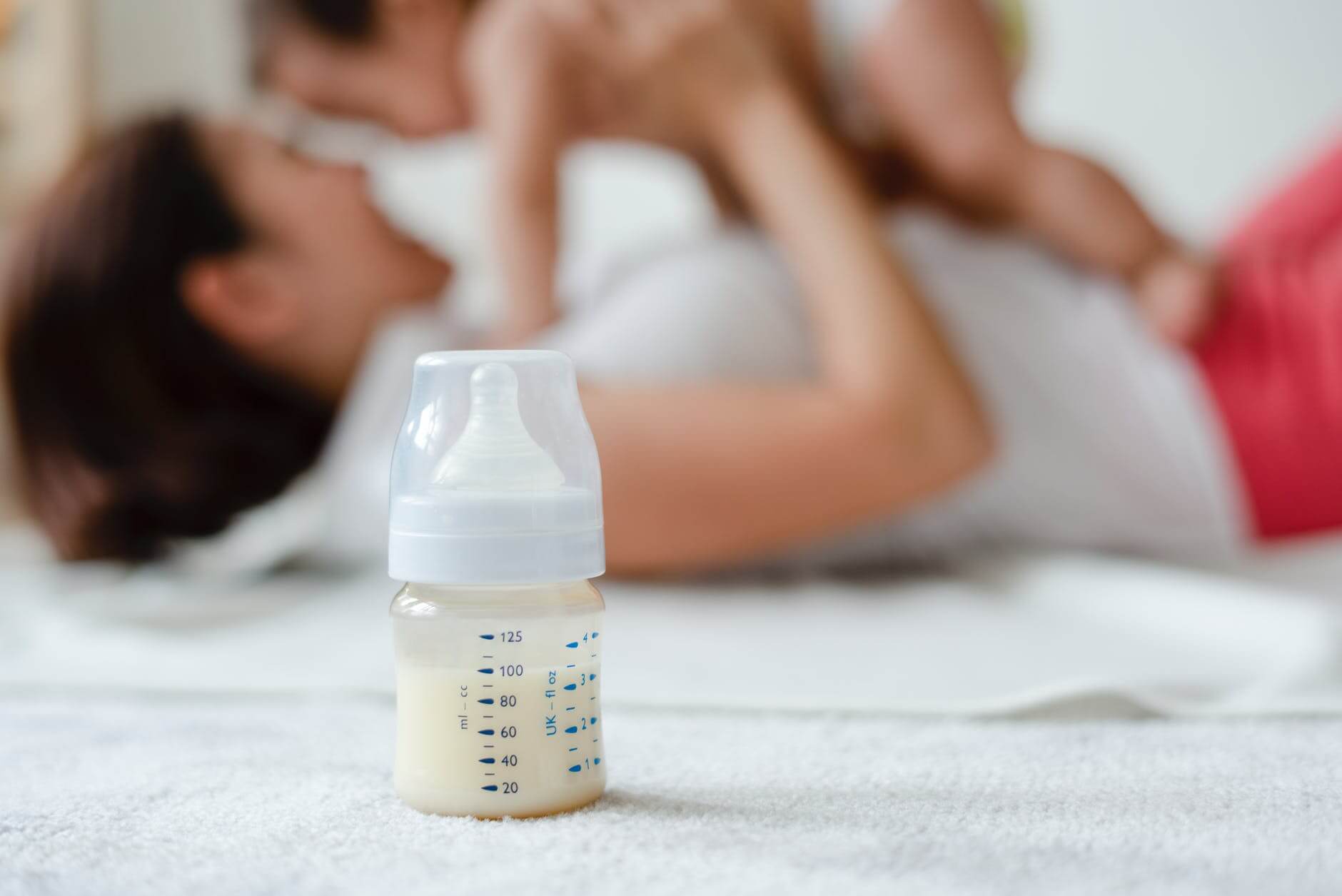
Read Article

Plans don’t always pan out. While I prepared for normal deliveries, I had emergency caesareans. I hoped to breastfeed my babies direct, but I ended up being an exclusively pumping mama.
You could’ve quizzed me on anything about breastfeeding and I would’ve aced it. But in reality, it was so much harder than I thought. When you’re pregnant, for all the unsolicited advice you get inundated with, no one tells you how painful and isolating nursing can be. Or maybe they did and I just didn’t absorb it. I envisioned soft-focus images of a new mother serenely nursing her calm and contented newborn. I romanticized having my baby in a sling, feeding whenever, wherever, bottle-free.
But I made peace with the cards I’d been dealt. My stubbornness came in handy as I pumped every two hours. For the first few months, I would pump for 30 minutes per breast then rest for an hour then repeat. My days were spent tied to the pump, books, the TV and the laptop. I kept at this stringent pumping schedule (about 10 hours a day) because skipping a session meant decreasing your supply; pumping often, in line with your baby’s feeding schedule, conditions your body into supplying what you need. Missing out a session at this crucial stage of building your supply will make it difficult to sustain your production. One breast also produced more than the other, something I learned was normal.
To boost milk production, some people swear by hot broths or buko juice, but I wasn’t fond of either. Our pediatrician Dr. Jose Clemente prescribed Natalac malunggay capsules (“Why suffer? To eat something you don’t like, that’s barbaric!” he said and I agreed). I also drank Organika malunggay juice (it just tastes like calamansi juice; the malunggay was in tasteless powder form, so there’s no bitter, leafy flavor). As if that wasn’t challenging enough, I needed surgery just five weeks after giving birth. This made me lose my milk supply completely. They said it’s difficult to get your milk back once you wean, but I kept at the pumping schedule even if nothing was coming out but air. I ate lactation cookies I baked myself (and later sold as a side hustle!) and blended delicious lactation smoothies to rehydrate.
Three weeks since the milk drought, my milk returned to close to its original output! By my baby’s third month, I was able to provide for 100% of his breastmilk requirements again! I would make up to 27oz/day. This manifold strategy enabled me to fully supply what my children needed, for as long as 18 and 16 months for my first- and second-born, respectively. Fortunately, I am able to work from home, allowing me to morph into milk machine mode as necessary. Being an exclusive pumper can be isolating and restrictive. On days when I didn’t know how much longer I could sustain this lifestyle, I was grateful for the support I receive online from my new mom friends.
Self-care was also crucial in dialing down the stress to be able to produce more milk. I was told to avoid strenuous workouts and embrace pampering myself. As baby got older, I was able to pump every four hours instead of every two; still a full time job, but I was able to enjoy parole periods from being prisoner to the pump. Not everyone understands the commitment it requires to be an exclusive pumper; I couldn’t be spontaneous, unlike if my child was able to feed on me direct or if we just toted formula. I had to manage my pumping schedule along with his feeding, naps, bath and bedtime.
When the going got tough, this was my mantra: you only fail when you stop trying. I also held on to this thought: this is only a small chunk of time compared to my entire life. Now, seeing my happy, healthy 8- and 4-year-olds thrive, I can say the effort was truly worth it!